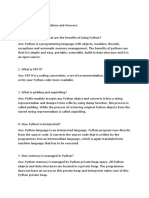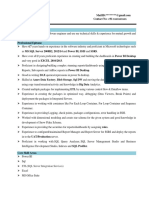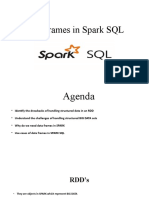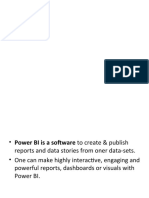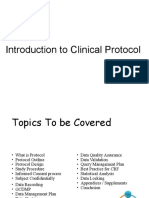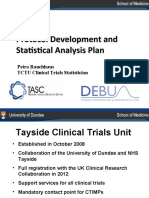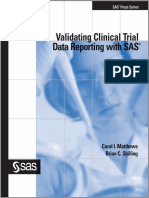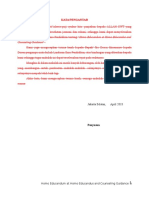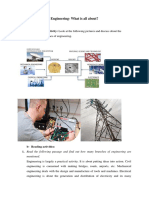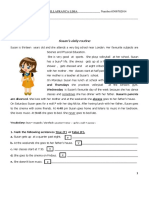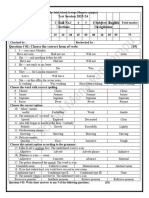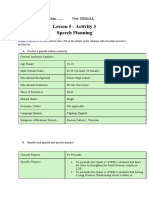0% found this document useful (0 votes)
67 views3 pagesIntroduction To Generative AI and Prompt Engineering
The document discusses generative AI and prompt engineering, focusing on the development and functionality of large language models (LLMs) as text prediction engines. It covers core techniques in prompt engineering, designing LLM applications, and creating conversational agents, along with evaluation methods and future trends in LLMs. Key topics include tokenization, dynamic prompting, conversational agency, and the integration of multimodal capabilities in AI.
Uploaded by
palanivelCopyright
© © All Rights Reserved
We take content rights seriously. If you suspect this is your content, claim it here.
Available Formats
Download as DOCX, PDF, TXT or read online on Scribd
0% found this document useful (0 votes)
67 views3 pagesIntroduction To Generative AI and Prompt Engineering
The document discusses generative AI and prompt engineering, focusing on the development and functionality of large language models (LLMs) as text prediction engines. It covers core techniques in prompt engineering, designing LLM applications, and creating conversational agents, along with evaluation methods and future trends in LLMs. Key topics include tokenization, dynamic prompting, conversational agency, and the integration of multimodal capabilities in AI.
Uploaded by
palanivelCopyright
© © All Rights Reserved
We take content rights seriously. If you suspect this is your content, claim it here.
Available Formats
Download as DOCX, PDF, TXT or read online on Scribd
/ 3










































































